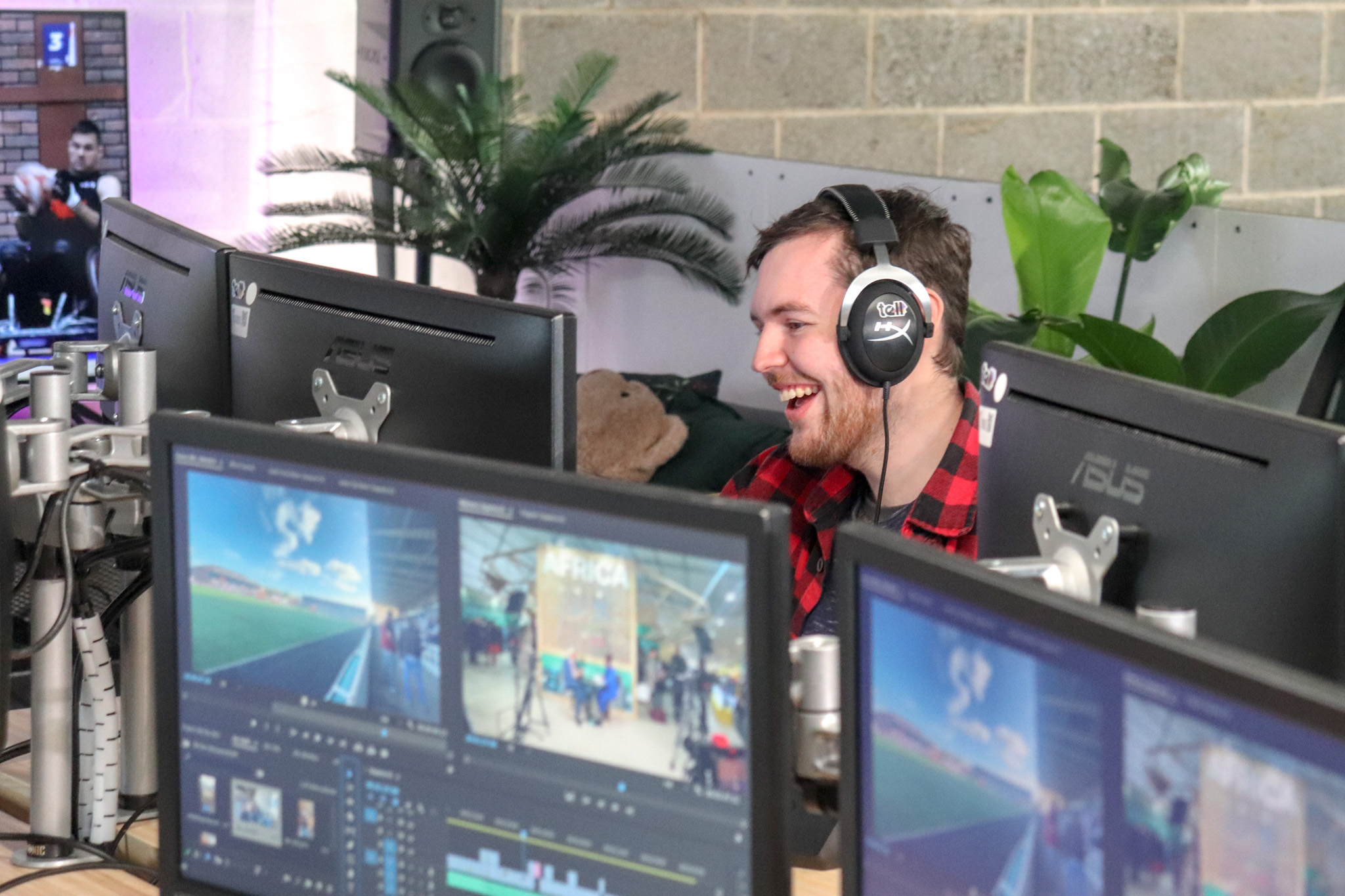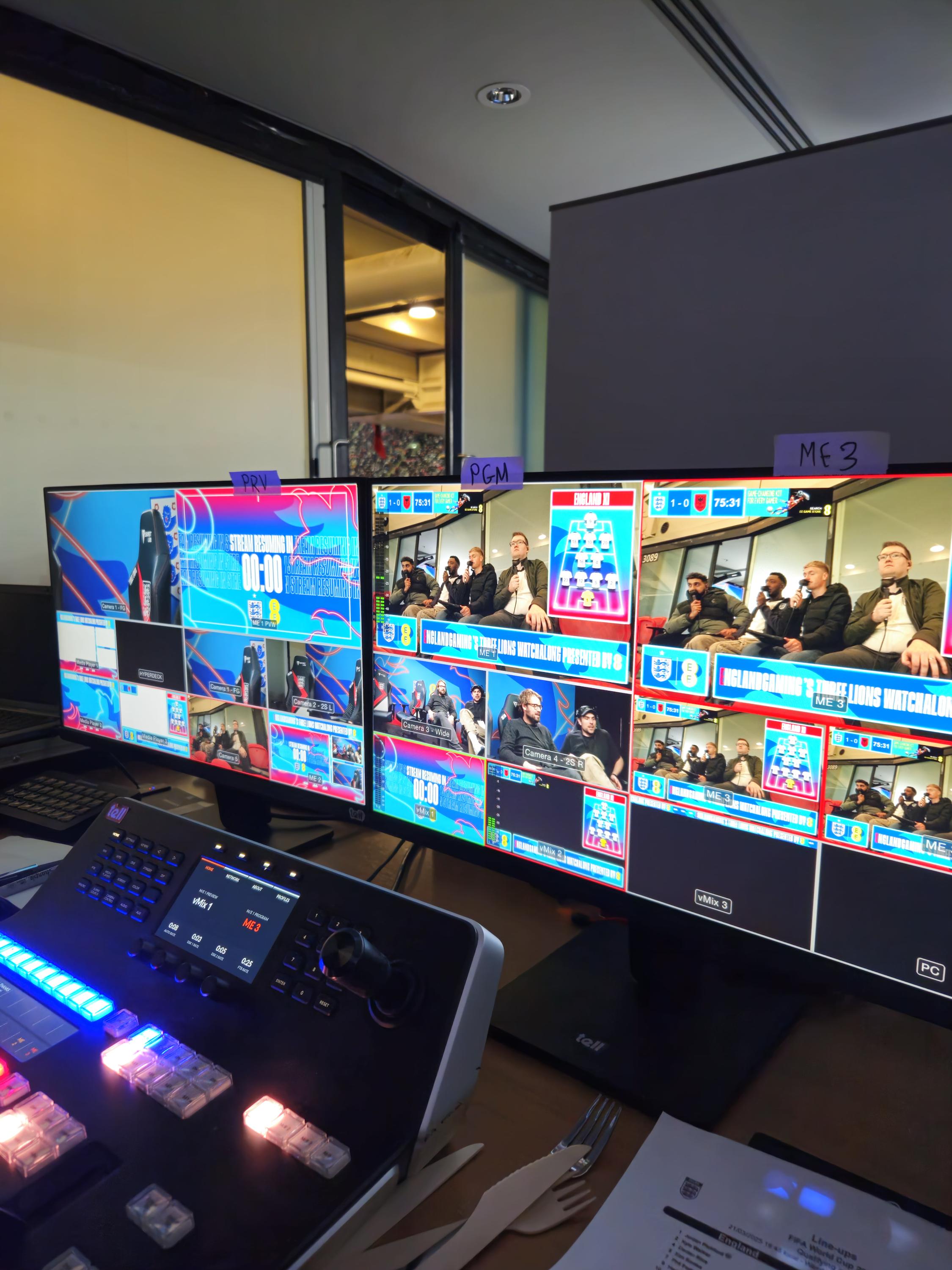The essential role of crew members in sports broadcast production

From camera operators to directors, each crew member plays a vital role in the production of live sports events. In this post, we’ll take a look at the key crew members involved in sports broadcast production and the tasks they handle.
1. The Director
At the helm of any live sports broadcast is the director. The director’s job is to coordinate all visual and audio elements in real-time, making split-second decisions about camera shots, graphics, and sound to ensure the broadcast flows smoothly. They are responsible for telling the story of the game, emphasising key moments, and guiding the audience through the event.
2. Production Managers
Production managers ensure that every aspect of the broadcast runs smoothly from a logistical and operational perspective. They manage schedules, coordinate with different teams, and oversee the setup and breakdown of equipment. They also handle budgets, crew assignments, and ensure compliance with safety regulations. Their role is critical in keeping the production organised and on track.
3. Camera Operators
Camera operators are on the front lines of any sports production. They capture the action from various angles, ensuring that viewers don’t miss a single key moment. Camera operators use specialised equipment, such as steady cams and remote-controlled cameras, to get dynamic shots. They work closely with the director to provide a complete visual experience of the game.
4. Audio Engineers
In sports broadcasting, sound is just as important as visuals. Audio engineers ensure that the commentary, crowd noise, and in-game sounds are clear and well-balanced. They manage microphones for announcers, capture the stadium atmosphere, and monitor sound levels to avoid distortion or technical issues during the broadcast.
5. Graphics Operators
Sports broadcasts are filled with on-screen graphics, from scores and stats to replays and virtual advertisements. Graphics operators create and manage these graphics in real-time, working closely with the director to ensure that information is displayed quickly and accurately to enhance the viewer’s understanding of the game.
6. Replay Operators
Instant replay is a critical part of sports broadcasting, allowing fans to relive key moments from the game. Replay operators quickly identify and cue up replays of important plays—such as goals, touchdowns, or fouls—and deliver them to the director for broadcast. This fast-paced role requires technical skill and a deep understanding of the game to ensure the most relevant replays are selected.
7. Producers and Assistant Producers
Producers oversee the entire broadcast production, from planning and logistics to execution. They coordinate with different departments, manage content, and ensure everything runs smoothly. Assistant producers support the producer by handling specific tasks such as coordinating interviews, gathering statistics, and managing production timelines.
8. Technical Crew
The technical crew ensures that all the equipment used during the broadcast is functioning properly. They set up and maintain cameras, servers, and transmission equipment, making sure everything is in place before the show begins. They also troubleshoot any technical issues that arise during the broadcast to minimise downtime.
Each crew member plays a crucial part in delivering a top-notch sports broadcast. From capturing the action to ensuring seamless production logistics, the collective effort of all these professionals ensures a smooth and exciting viewing experience for sports fans around the world.





